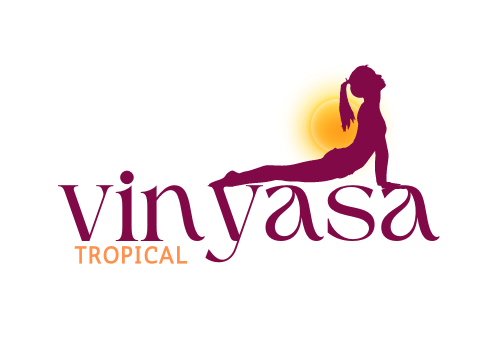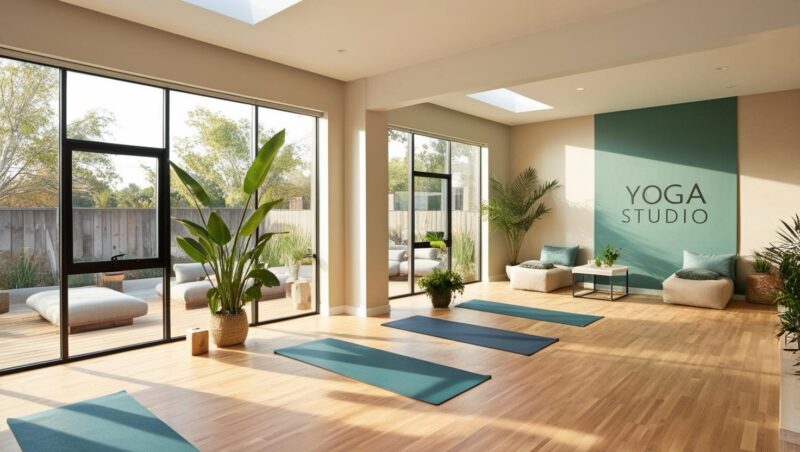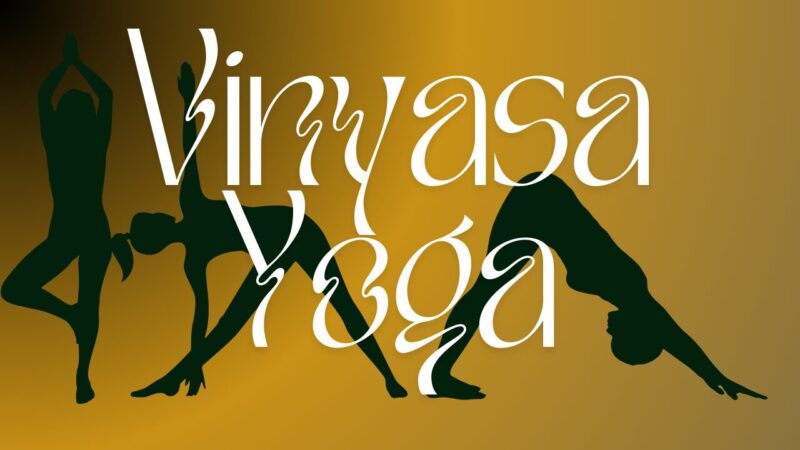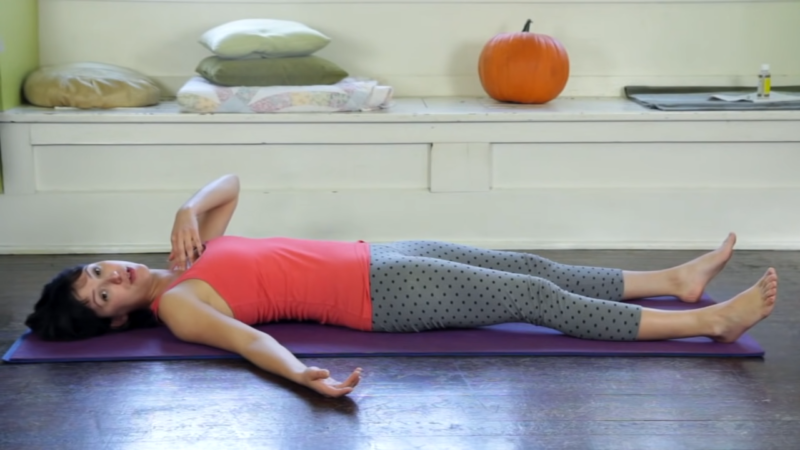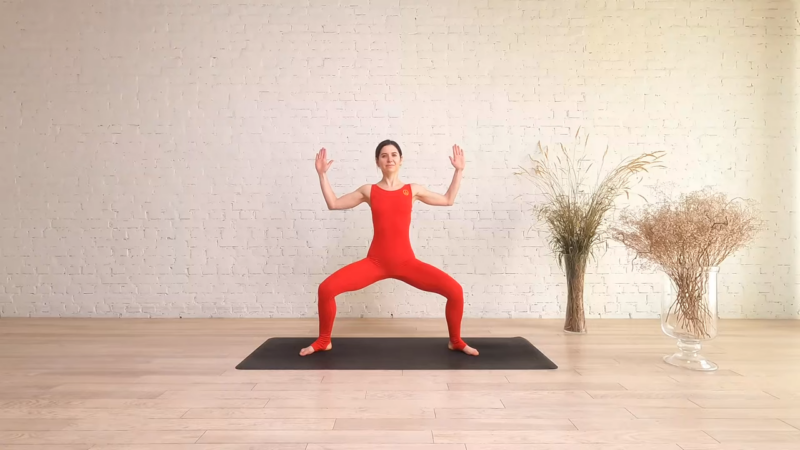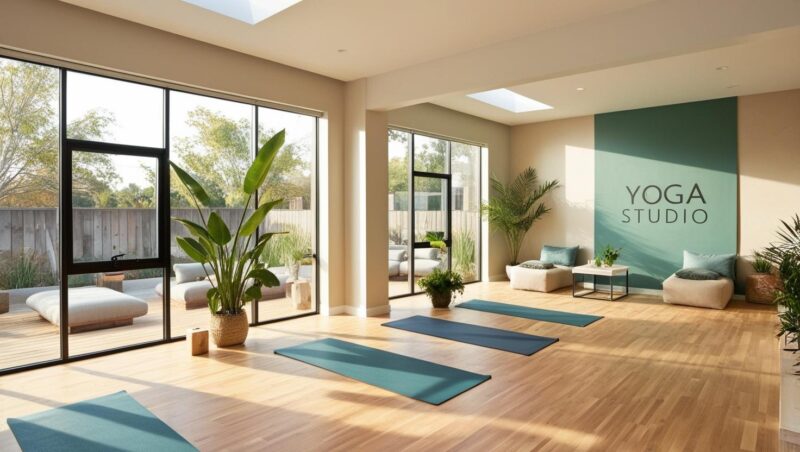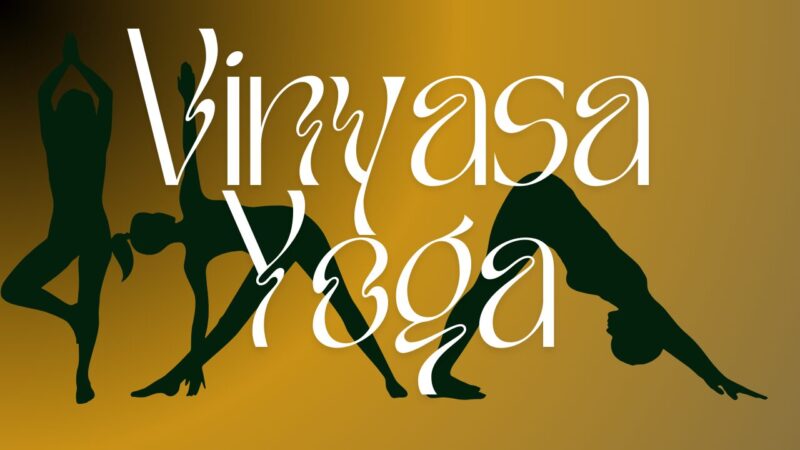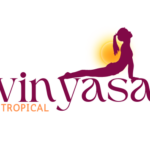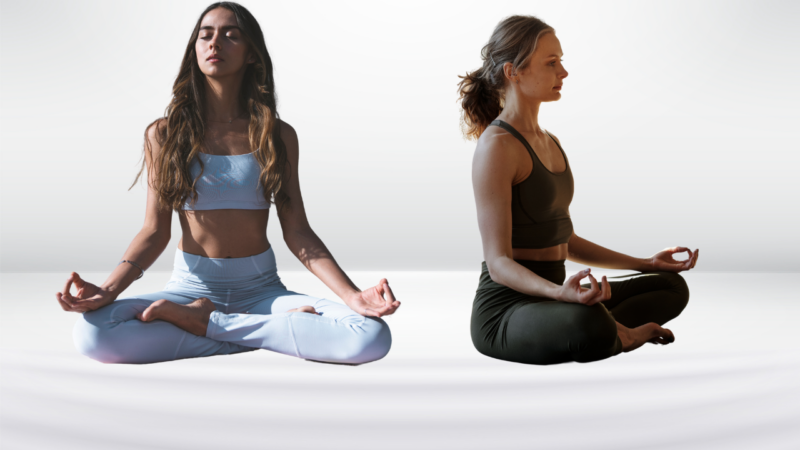
Share Post:
Yoga can be a powerful tool for enhancing flexibility, strength, and overall well-being. But if you have a hernia, you might wonder if it’s safe to practice yoga. Hernias can cause discomfort and sometimes require surgical intervention. However, many people with hernias successfully practice yoga, using modifications and careful attention to their bodies.
In this guide, we’ll explore whether you can do it, what poses are beneficial, and which ones you should avoid.
What is a Hernia?
According to the Cleveland Clinic, a hernia occurs when an organ or tissue pushes through a weak spot in the surrounding muscle or connective tissue. Common types of hernia include:
- Inguinal: Occurs in the groin area.
- Hiatal: Occurs when part of the stomach pushes through the diaphragm into the chest cavity.
- Umbilical: Occurs around the belly button.
- Incisional: Occurs at the site of a previous surgical incision.
Each type has different implications for physical activity. Understanding your specific hernia type and discussing it with a healthcare provider is essential before starting or continuing a yoga practice.
Yoga and Hernia: Is It Safe?
The answer depends on several factors:
- Type and Severity: Some hernias might be more susceptible to strain, while others may be less sensitive.
- Symptoms: If you experience significant pain or discomfort, it’s crucial to consult with a doctor.
- Yoga Experience: Experienced practitioners may have a better sense of their limits and can modify poses as needed.
Generally, gentle and mindful yoga practices can be beneficial. Yoga can help strengthen the core and improve posture, which might reduce discomfort. However, you must avoid poses that place excessive pressure on the affected area.
A 2018 study examined how an exercise program impacted individuals with obesity undergoing ventral hernia repair surgery. Those who completed the exercise program experienced fewer complications after the surgery.
Which Poses to Try?
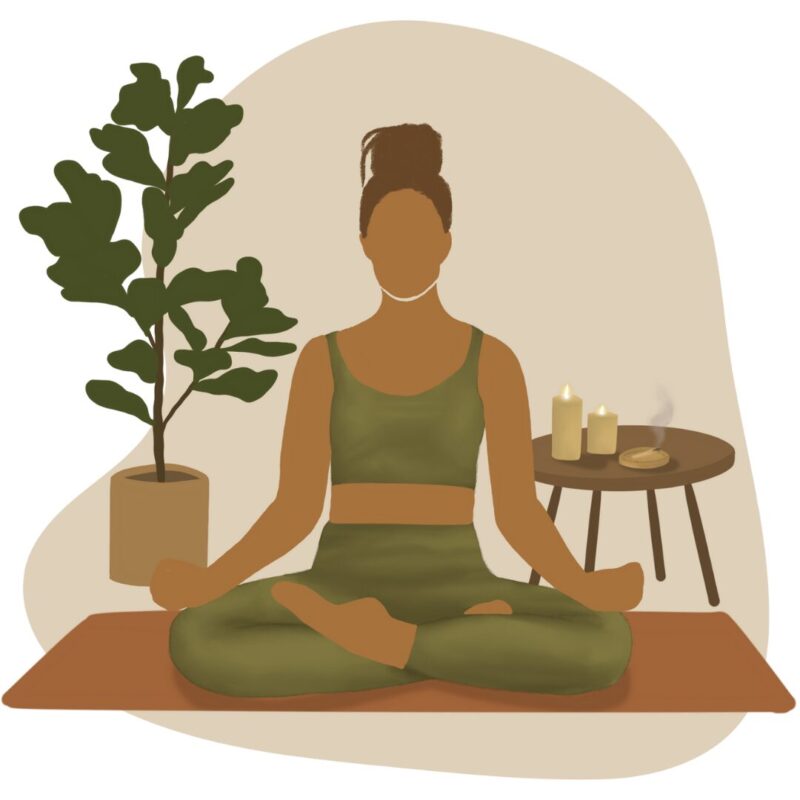
Not all poses are safe, here are a few that will actually make you feel good:
1. Cat-Cow Pose (Marjaryasana-Bitilasana)
As stated by the VINYASA Yoga Academy, this pose stretches and strengthens the back and abdominal muscles without putting undue pressure on the hernia. It improves flexibility in the spine and warms up the back muscles.
How to Do It
Start on all fours with your wrists under your shoulders and knees under your hips. Inhale, arch your back, and lift your head (Cow Pose). Exhale, round your back, and tuck your chin (Cat Pose). Repeat slowly.
2. Child’s Pose (Balasana)
Balasana provides a gentle stretch and helps relieve pressure from the lower abdomen. It gently stretches the back and relaxes the body.
What to Do
Kneel on the floor, sit back on your heels, and extend your arms forward on the floor. Lower your forehead to the mat and breathe deeply.
3. Legs Up the Wall Pose (Viparita Karani)
This pose promotes relaxation and can help reduce discomfort in the lower abdomen. It reduces swelling in the legs and promotes relaxation.
- Lie on your back with your legs extended up a wall.
- Keep your arms relaxed by your sides and breathe deeply.
4. Seated Forward Bend (Paschimottanasana)
This pose stretches the back and legs without putting too much pressure on the abdominal area. Stretches the hamstrings and lower back.
How to Do It
Sit with your legs extended in front of you. Inhale, lengthen your spine and exhale as you reach for your feet. Keep your back straight.
Poses to Avoid
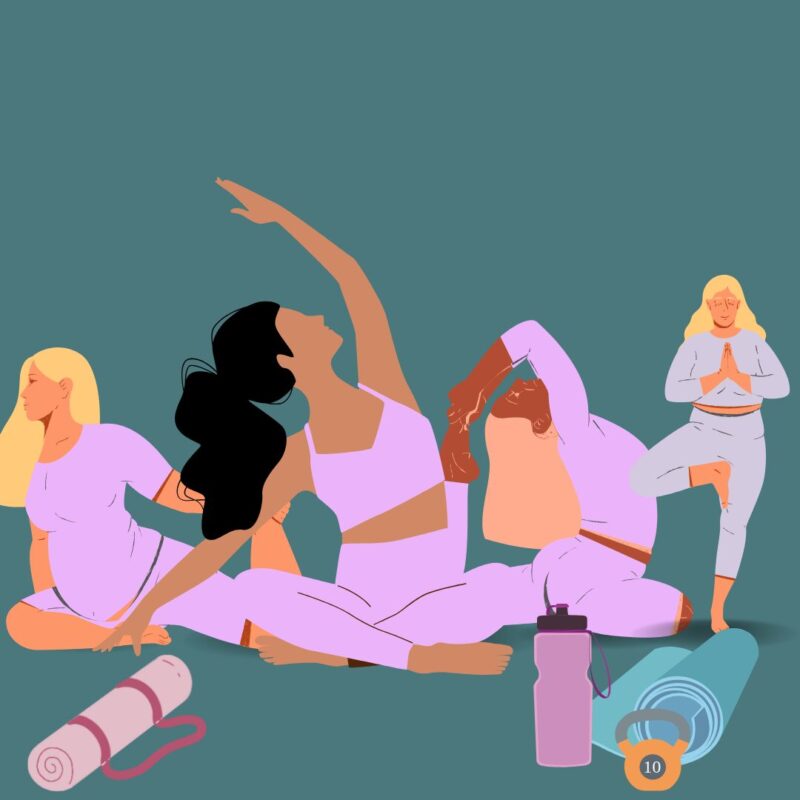
Be careful as some poses are not beneficial for your condition, especially in 2-person yoga or group class when someone without hernia or other condition is involved:
Plank Pose (Phalakasana)
Plank Pose is known for its intense core engagement, which can place considerable pressure on the abdominal area. For individuals with a hernia, this pressure may exacerbate symptoms or cause discomfort.
To work on core strength without risking strain, consider a modified plank. In this variation, keep your knees on the floor, which reduces the load on your abdominal muscles and helps maintain stability. This modification still offers benefits for strengthening your core while minimizing potential risks.
Boat Pose (Navasana)
Boat Pose involves holding your body in a V-shape, which requires significant abdominal engagement. This can put extra strain on the abdominal muscles and potentially worsen hernia symptoms.
Instead of this pose, focus on seated core exercises that do not involve lifting your legs off the floor. Seated exercises can help build core strength while avoiding the pressure associated with Boat Pose. Additionally, these alternatives can help you safely strengthen your core and improve overall stability.
Standing Forward Bend (Uttanasana)
Standing Forward Bend requires you to fold forward from a standing position, which can increase abdominal pressure, especially if you have a large hernia. The deeper you bend, the more pressure is exerted on the abdominal area, which could aggravate hernia symptoms.
To modify this pose, try a gentler forward fold while keeping a slight bend in your knees. This adjustment helps reduce the pressure on your abdomen and allows for a more comfortable stretch. Avoid pushing into a deep fold that could cause discomfort.
Warrior Series (Virabhadrasana I, II, III)
The Warrior Series, which includes Warrior I, II, and III, involves substantial core engagement and balance. These poses can put significant pressure on the abdominal area, potentially aggravating hernia symptoms.
To safely practice while avoiding excessive strain, consider using modifications or opting for other standing poses that do not require intense core engagement. For example, you might focus on standing poses that emphasize stability and alignment without placing undue pressure on the abdomen.
These modifications can help you maintain a robust practice without compromising your comfort or safety.
- Consult Your Doctor: Always get medical advice before starting or modifying your yoga practice.
- Listen to Your Body: If a pose causes pain or discomfort, stop immediately and consult your healthcare provider.
- Use Props: Yoga blocks, straps, and bolsters can help you maintain proper alignment and avoid strain.
- Practice Mindfully: Focus on gentle movements and breath control rather than pushing your limits.
- Avoid High-Pressure Poses: Stay away from poses that increase intra-abdominal pressure.
In Summary
Yoga can be a beneficial practice even if you have a hernia, as long as you approach it with caution and mindfulness. By selecting appropriate poses and avoiding those that may exacerbate your condition, you can enjoy the physical and mental benefits of yoga while managing your hernia safely.
Always remember to consult with your healthcare provider and listen to your body. With the right modifications and practices, yoga can become a valuable part of your routine, helping you to stay strong, flexible, and balanced.
Related Posts:
- 10 Must-Try Yoga Wheel Poses for a Complete Body Workout
- 9 Amazing Benefits of Vrikshasana (Tree Pose) You…
- Should You Attempt 108 Sun Salutations? Here’s My Take
- 23 Common Mistakes to Avoid in Yoga for Weight Loss
- 10 Easy 2-Person Yoga Poses for Beginners - Sync…
- What Is Somatic Yoga and How Does It Work? -…

